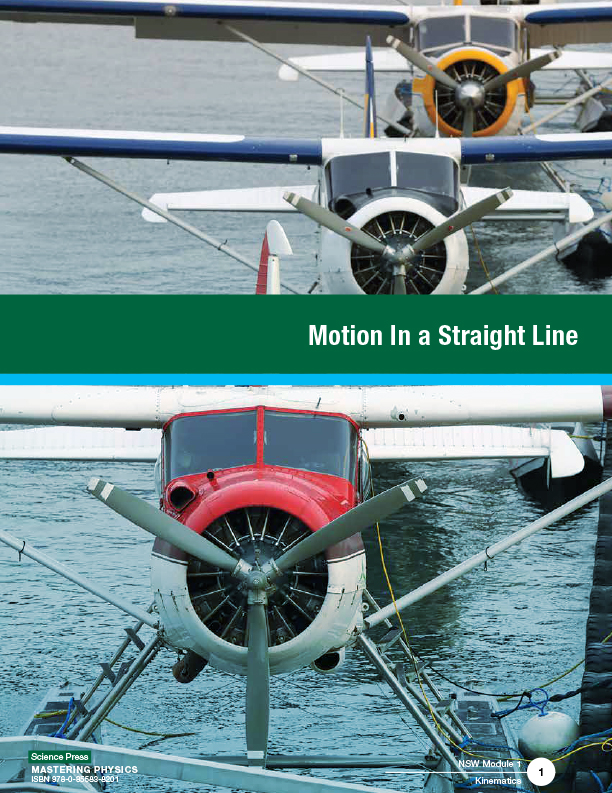
Thus, a wave can be thought of as an upward displaced pulse (crest) followed by a downward displaced pulse (trough) followed by an upward displaced pulse (crest) followed by a downward displaced pulse (trough) followed by. While a pulse is a single disturbance that moves through a medium, a wave is a repeating pattern of crests and troughs. What if there are two waves traveling in the medium? Understanding why two waves introduced into a medium with perfect timing might produce a point of displacement in the middle of the medium is a mere extension of the above discussion. A wave is certainly different than a pulse. The above discussion only explains why two pulses might interfere destructively to produce a point of no displacement in the middle of the snakey. If the second pulse is introduced at precisely the moment that the first pulse is reflecting from the fixed end, then destructive interference will occur in the exact middle of the snakey. The same rationale could be applied to two downward displaced pulses introduced from the same end. Note that there is a point on the diagram in the exact middle of the medium that never experiences any displacement from the equilibrium position.Īn upward displaced pulse introduced at one end will destructively interfere in the exact middle of the snakey with a second upward displaced pulse introduced from the same end if the introduction of the second pulse is performed with perfect timing.

The individual pulses are drawn in blue and red the resulting shape of the medium (as found by the principle of superposition) is shown in green. The animation below shows several snapshots of the meeting of the two pulses at various stages in their interference. Thus, a point of no displacement in the exact middle of the snakey will be produced. As the two pulses pass through each other, they will undergo destructive interference. If this is done with perfect timing, a rightward moving, upward displaced pulse will meet up with a leftward moving, downward displaced pulse in the exact middle of the snakey. Now suppose that a second upward displaced pulse is introduced into the snakey at the precise moment that the first crest undergoes its fixed end reflection.

That is, the upward displaced pulse will become a downward displaced pulse. Upon reaching the fixed end, the single pulse will reflect and undergo inversion.

(A "snakey" is a slinky-like device that consists of a large concentration of small-diameter metal coils.) If an upward displaced pulse is introduced at the left end of the snakey, it will travel rightward across the snakey until it reaches the fixed end on the right side of the snakey. At any frequency other than a harmonic frequency, the interference of reflected and incident waves leads to a resulting disturbance of the medium that is irregular and non-repeating.īut how are standing wave formations formed? And why are they only formed when the medium is vibrated at specific frequencies? And what makes these so-called harmonic frequencies so special and magical? To answer these questions, let's consider a snakey stretched across the room, approximately 4-meters from end to end. These frequencies are known as harmonic frequencies, or merely harmonics. Such patterns are only created within the medium at specific frequencies of vibration. Because the observed wave pattern is characterized by points that appear to be standing still, the pattern is often called a standing wave pattern. This interference occurs in such a manner that specific points along the medium appear to be standing still.

A standing wave pattern is a vibrational pattern created within a medium when the vibrational frequency of the source causes reflected waves from one end of the medium to interfere with incident waves from the source.


 0 kommentar(er)
0 kommentar(er)
